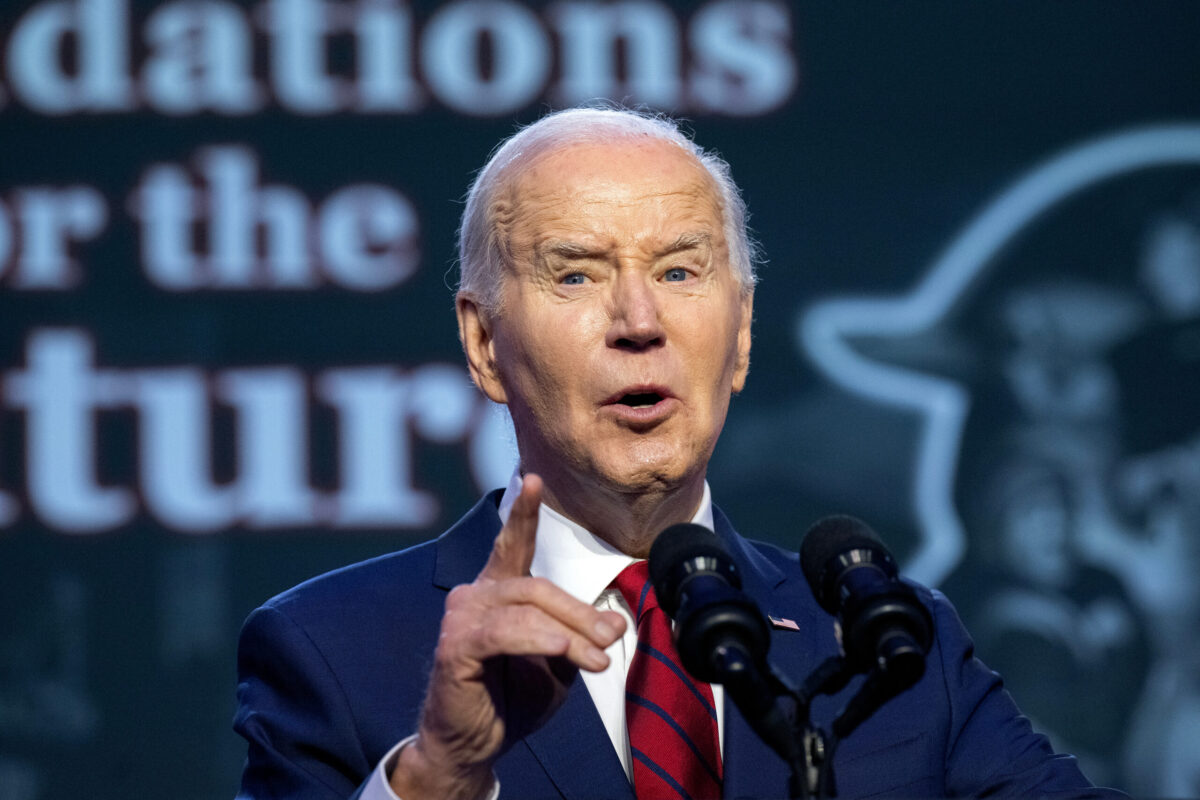United States Expected To Lag Other Advanced Economies In Growth
The International Monetary Fund (IMF) expects much lower global economic growth, according to a World Economic Outlook report released on Tuesday.
The worldwide economy is expected to grow 3.2% in 2022 and 2.9% in 2023 — which mark respective 0.4% and 0.7% downward revisions from the international financial institution’s April forecasts, according to the report.
“The risks to the outlook are overwhelmingly tilted to the downside,” the IMF explained. Among other factors, the group cites supply chain issues, the Russian invasion of Ukraine, debt distress in emerging markets, renewed COVID lockdowns, and persistent inflationary pressures.
“With increasing prices continuing to squeeze living standards worldwide, taming inflation should be the first priority for policymakers,” the report said. “Tighter monetary policy will inevitably have real economic costs, but delay will only exacerbate them. Targeted fiscal support can help cushion the impact on the most vulnerable, but with government budgets stretched by the pandemic and the need for a disinflationary overall macroeconomic policy stance, such policies will need to be offset by increased taxes or lower government spending.”
Citing “significantly less momentum in private consumption, in part reflecting the erosion of household purchasing power and the expected impact of a steeper tightening in monetary policy,” the IMF cut growth forecasts for the United States to 2.3% in 2022 and 1% in 2023 — downward revisions of 1.4% and 1.3% from the April estimates. The United States is therefore expected to recover more slowly through 2023 than the average advanced economy, while China is slated to grow at 3.3% and 4.6%.
“Further supply-related shocks to food and energy prices from the war in Ukraine could sharply increase headline inflation and pass through to core inflation, triggering a further tightening in monetary policy,” the IMF added. “Labor market tightness is historically high in several economies, and workers could increasingly demand compensation for past increases in the cost of living.”
The dismal report comes ahead of the U.S. Bureau of Economic Analysis publishing an advance estimate of second-quarter gross domestic product (GDP) growth later this week — a reading that is expected to show that the economy shrank at a 1.6% annualized pace from April to June. Because the economy likewise contracted at a 1.5% rate in the first quarter, the United States may have experienced two consecutive quarters of negative growth — meeting the rule-of-thumb definition for a recession.
Yet the White House — which has repeatedly insisted in recent weeks that the nation is “stronger economically than we have been in history” — has been laying out its economic case ahead of the growth report.
“While some maintain that two consecutive quarters of falling real GDP constitute a recession, that is neither the official definition nor the way economists evaluate the state of the business cycle,” the White House said in a Thursday blog post. “Instead, both official determinations of recessions and economists’ assessment of economic activity are based on a holistic look at the data — including the labor market, consumer and business spending, industrial production, and incomes. Based on these data, it is unlikely that the decline in GDP in the first quarter of this year — even if followed by another GDP decline in the second quarter — indicates a recession.”
" Conservative News Daily does not always share or support the views and opinions expressed here; they are just those of the writer."





